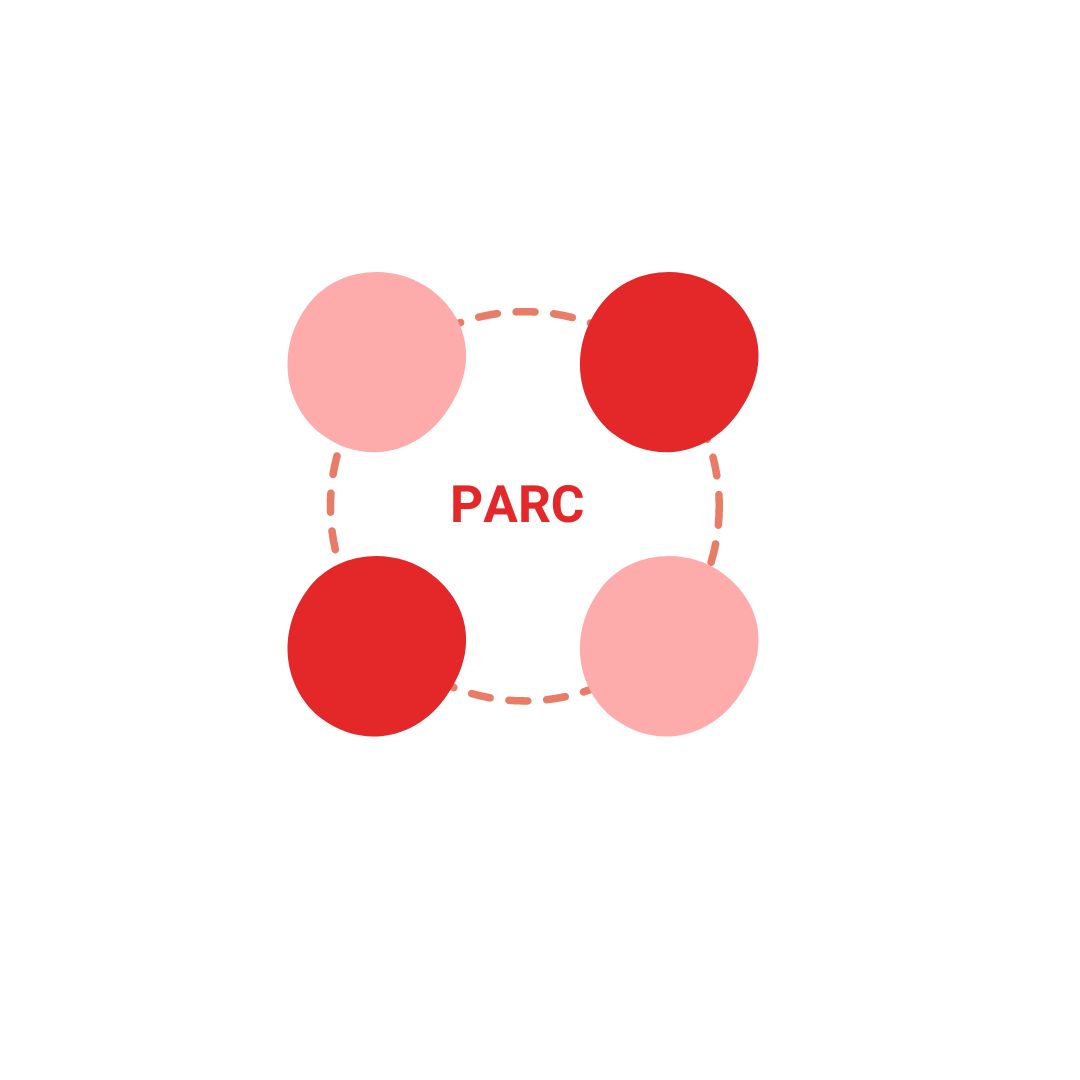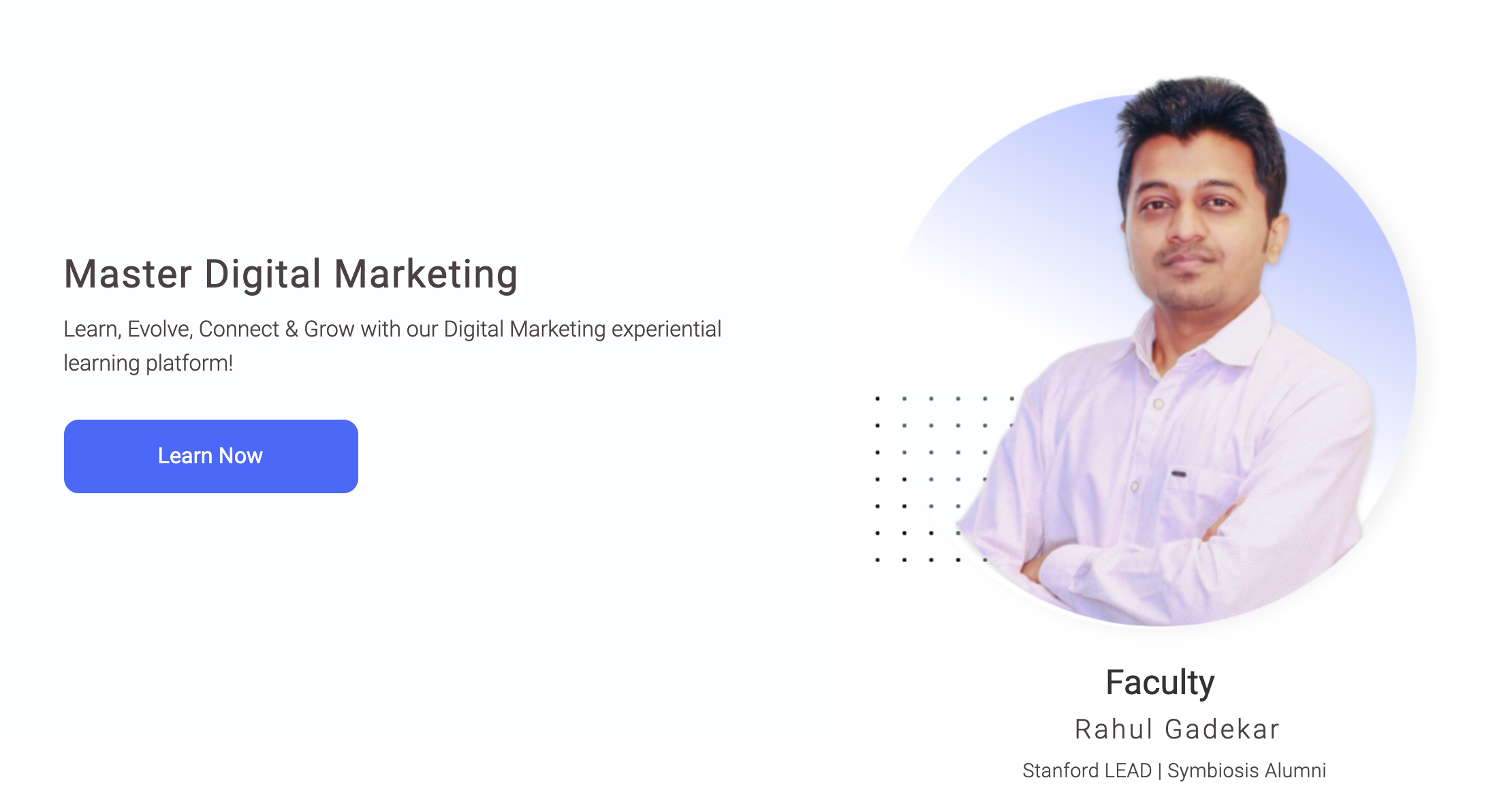Growth Marketing is a buzzword in digital marketing circles. It has the power to impact the performances of businesses in a big way. It involves organizations adopting a growth mindset and taking paths that are less travelled by others to steer ahead of their competitors.
When organizations adopt a growth mindset, they start experimenting with many different marketing approaches, including advertising, UI/UX, content to increase conversion rates and sales. This means that digital marketers have to employ a few strategies, determine which ones work and which ones don’t, and then stick with those that provide the desired outcomes.
In this article, we will discuss in detail, with examples, a few strategies that organizations looking to achieve remarkable growth can try out.
1) Dynamic Creative Optimization (DCO)
Dynamic creative optimization (DCO) is a growth strategy that involves the personalization of advertisements for an individual audience based on information about each one of them. For instance, an ad may present different creative items in front of different users based on their browsing habits and/or products they previously added to their shopping carts, also through dynamic ads you can do data driven marketing in realtime, the data can be pulled from an API, websites/landing pages, CRM or any data which is accessible.
Targeted dynamic ads often perform much better than traditional static ads. This is because traditional ads show the static creatives to all the viewers. In advertising, this technology helps organizations quickly build multiple copies of an ad with the actually creative remaining the same. It tailors parts of an ad depending on audiences, past performances, contexts and data. This enables ads to resonate with consumers.
DCO is important because today’s consumers see thousands of ads daily. Therefore, brands have to engage their audience with ad messages that resonate and deliver impactful experiences.
Example: Flipkart
The objective was to drive higher ROAS for the consumers dropping off at the cart level for mobile phones category. We learnt though historic data and category analysis, customers cared about the storage, camera, color, RAM, display, reviews and offers.
Our strategy involved, pushing different data points from the mobile phone landing page and triggering dynamically when the ads are served in a sequential manner. The first creative talks about camera feature, second creative talks about social camera, third creative talks about performance and so on. We designed nine creatives which triggered in a sequential manner once the customer drops off at the cart level.
Here is a detailed dynamic creative case study of Flipkart
2) Customer Retention
For any business, 65 percent of its revenues come from existing customers. That’s why businesses need to focus more on customer retention. This means businesses will have to implement appropriate strategies to enhance their customer retention rates.
Customer retention is actually a bunch of strategies that companies employ to ensure their customers continue to remain interested in their products or services and keep purchasing from them. Customer retention, therefore, is an umbrella term that encompasses customer loyalty as well.
Though customer loyalty is all about making customers fans of a business, customer retention focuses more on making customers buy by employing effective strategies. However, the end goal for any company is customer loyalty. That’s why companies strive to create a large community of loyal customers.
Example: Amazon
What Uber accomplished using the loyalty card strategy and soft drink giant Coca-Cola achieved through personalization, Amazon gained by offering a better user experience. However, the company did employ a little bit of loyalty and personalization strategies as well.
Amazon personalized the user experience by displaying suggestions that enabled users to find related purchases. The company achieved this by using landing pages that were specially designed, different home pages for different regions, and making payment simple, quick, and easy. The ability to save users’ payment methods also contributed to improving the user experience.
Amazon Prime is also a game changer for the company, even though it was already one of the top eCommerce companies. Amazon increased its Prime membership count to 200 million in 2022 from 147 million in 2021 and 118 million in 2020. The first-year renewal rate was 93 percent, and the renewal rate was 98 percent after the first year.
Amazon increased its customer acquisition by offering incentives to Prime users (such as returning goods for free) and customer retention by ensuring that Prime customers felt really special.
3) Marketing Automation
Marketing automation involves the use of software to streamline and automate monotonous, repetitive tasks such as social media posting, email marketing, and ad campaigns. In addition to improving operational efficiency, marketing automation helps organizations provide a personalized experience to customers. In fact, marketing automation makes the implementation of repetitive tasks easier and faster.
When implemented well, marketing automation helps create a fertile ground and enables organizations to build healthy and long-term relationships with their customers. In fact, it delivers three major benefits to businesses:
- Personalized workflow
- Streamlined processes
- Increased conversion rates
Example: Sephora
Marketing automation software helps businesses easily schedule a series of emails that are to be delivered to their top customers and make them feel special. This keeps these customers engaged and spending more on a company’s products.
Sephora, a beauty products company, did an excellent job through its Very Important Beauty (VIB) Program. It offered early and privileged access to the company’s special promotions and new products to customers who purchased its products for a specified amount of money.
As soon as a customer bought Sephora’s products for a specified amount, they were admitted into the VIB segment. This triggered the automatic delivery of an email to those customers and inducted them into the company’s VIB program. This email extended a VIB-only offer and encouraged customers to make more purchases.
4) Find your most engaged customers
In general, customer engagement is associated with positive outcomes for businesses. Studies have shown that up to 67 percent of the profits of a brand can be attributed to the effectiveness of customer engagement.
Customer engagement enables companies to build relationships with their customers and foster brand awareness and loyalty. This may be achieved through web content and marketing campaigns, as well as by reaching customers via social media and mobile and wearable devices.
Actually, customer engagement goes much beyond an initial transaction. In addition to helping extend the customer lifecycle, engagement fosters healthy customer relationships, attracts new customers, and helps better anticipate customers’ needs.
Therefore, finding the most engaged customers helps a company drive business growth. It isn’t easy, and companies often use different metrics to determine the outcomes of their customer engagement efforts.
A/B testing of presentations on websites, customer interaction efforts, and marketing campaigns helps to understand customer engagement patterns. Additionally, these tests help companies understand which of the many approaches results in increased sales, more subscriptions, etc.
Other metrics for the measurement of customer engagement include website traffic, active users, audience growth, interactions with website links, likes and shares on social media platforms, feature usage, opt-outs, customer sentiment analytics, customer service response times, click-through rates, Twitter and Facebook analytics, etc.
Example: Spotify
Spotify made value propositions for all its subscribers. The company regularly sent personalized playlists, taking cues from their listening habits. Spotify often personalizes these playlists too. To a subscriber by the name of John, Spotify may send the playlist with the title “Only for You, John.”
5) A/B Testing
Optimizing the customer journey is one of the best ways to ensure the success of an online business. A clear understanding of what matters to a business helps the owner set goals and achieve them. A/B testing, or split testing, is a growth marketing strategy that enables businesses to improve the performance of key areas, especially product development and marketing.
A/B testing helps businesses compare two versions of an app or a webpage against each other and determine which one is better in terms of performance, especially conversion. When using this strategy for growth marketing, it is a good idea to change only one predefined element. Furthermore, organizations need to be creative and identify areas that they believe can significantly impact the performance of the marketing department. Some of the areas that marketers A/B test to achieve better results include ad copy or images, landing pages, funnel elements, sequence, call to action, packaging, data, and personalization.
Example: PayU
PayU, an Indian fintech company, offers financial solutions for both local and cross-border traders in emerging markets. The payment facilitator found out the importance of maintaining an intuitive, convenient, and simple checkout process and eliminating elements that can cause drop-offs.
However, an analysis of the company’s checkout page revealed a totally different story. PayU found that many users were abandoning the page, which was impacting its revenues. The fin-tech company streamlined the checkout page by making minor changes (instead of asking for an email address and mobile number during checkout, PayU asked only for the users’ mobile numbers on the new checkout page) and conducted an A/B test to validate the changes. This minor change resulted in a 5.8 percent improvement in conversions.
6) Look for search terms in the search console
Google Search Console, a free tool from Google, helps online businesses stay on top of the SEO performance of their websites. It also helps businesses diagnose technical SEO problems, improve search rankings, and maintain their site’s digital presence. This tool provides cutting-edge SEO data in real-time and is, therefore, indispensable for businesses that are focused on achieving growth.
Apart from providing answers to questions such as “what type of content is your audience looking for?” “how do they find your website?” and “are there any technical SEO issues on your website?”, Google Search Console helps you to evaluate the search performance of your site, user engagement metrics, and security issues without costing you any money.
7) Run Growth Experiments
Growth experiments are processes that organizations implement to research and design strategies for long-term business growth. This is because making important decisions for the future can be a challenging task for most organizations. As growth experiments enable organizations to identify different leads and solutions, they help them save time, money, and effort.
All growth experiments may not become success stories. However, the two main reasons why organizations conduct growth experiments are:
- These experiments help organizations clearly determine which strategy would work and what the outcome would be. Furthermore, conducting growth experiments is an effective way of building a competitive advantage in the market.
- Besides, they provide organizations with a clear idea of how to create value in the long term.
The other reasons for conducting growth experiments include the following:
- Create certainty and minimize risk
- Provide a platform for long-term success
- Align team goals
Example: Mailchimp
The management of the traffic to eCommerce websites has become extremely difficult due to the recent boom in the online retail business. Furthermore, effective marketing strategies are needed to stay ahead of the competition.
Mailchimp, one of the largest marketing automation platforms, came up with solutions that really helped eCommerce business owners manage traffic and competitors in their niches.
In a nutshell, Mailchimp’s solutions help businesses identify their target audience and foster strong relationships with their customers. Mailchimp’s platform also helps organizations grow their businesses by analyzing information, performance, and consumer behaviours.
Mailchimp has expanded its product offerings over the years, but its core business is providing companies with an email marketing platform. Small businesses that cannot afford to maintain an in-house marketing team can take advantage of Mailchimp’s email marketing platform to drive growth.
The company’s ability to understand market needs during times of unprecedented growth in the eCommerce sector and offer a simple and scalable tool to businesses helped it enjoy massive and sustainable growth.
8) Dynamic Landing Pages
For the visitors to a site to move to the next stage in the sales funnel, the website should be relevant to each visitor. This is best achieved by implementing dynamic landing pages. The message on such landing pages changes depending on variables such as:
- Visitors’ location
- Search terms used for finding the site
- Visitors’ position in the sales funnel
The personalization of the message helps companies speak directly to their audience. This, in turn, increases the odds of conversion. In short, a dynamic landing page shows different messages to different visitors.
Example: Livestorm
Livestorm’s landing page changes based on whether a visitor to its website is using a free account or not. The company’s home page features a call-to-action button that says “sign up for free”. However, only those who have not signed up for its tool yet (unidentified visitors) see this page. For freemium users, Livestorm’s CTA button message is “Upgrade now”. This means the company is speaking directly to its visitors and encouraging conversion.
Conclusion
It’s important to adopt growth marketing mindset to drive growth to business, and it’s important to have a strategy which can be executed within a shorter time and low investment. The idea of growth marketing is to identify opportunities by running experiments which will drive growth to the business in the long turn, no every strategy will work, so based on the industry and the customer segments, choose your strategy to create long term value. Let me know what strategies you have used, and what were the learnings 🙂







